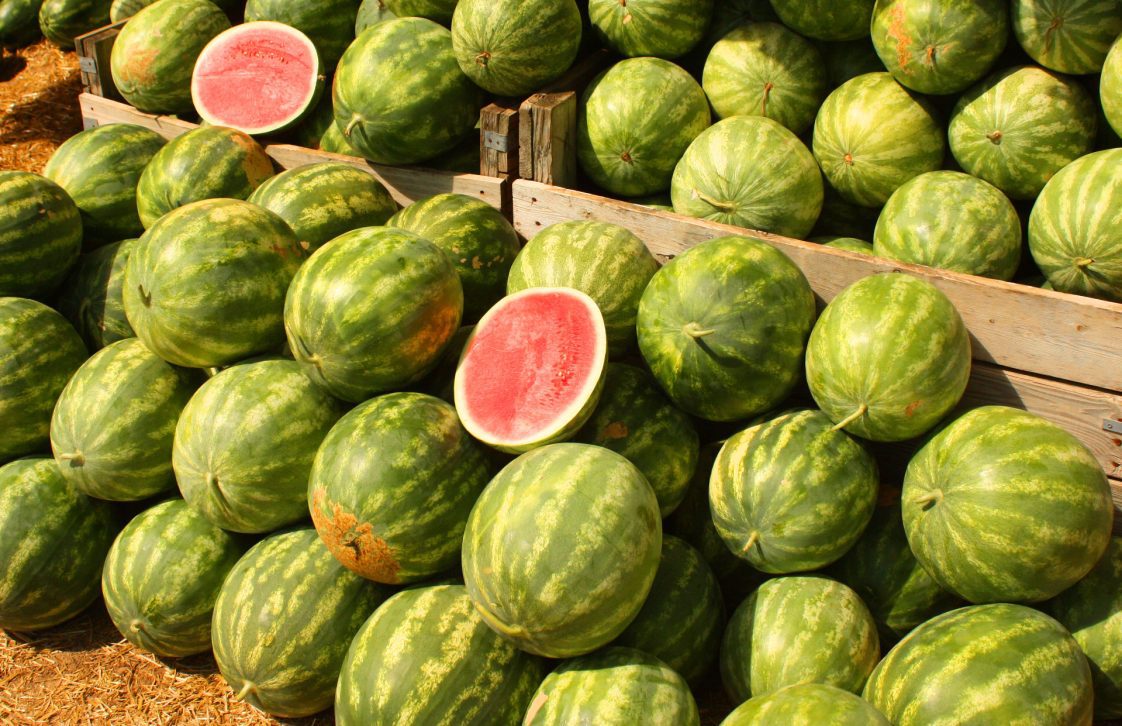Home & Family

AUBURN UNIVERSITY, Ala. — When the summer sun is scorching, there is little more refreshing than a juicy slice of watermelon. Whether from a farmers market or straight from the garden, it’s important to pick watermelons at peak ripeness.
Bethany O’Rear, an Alabama Cooperative Extension System home grounds regional agent, said the harvest time for watermelons depends on the variety and other factors.
“Most watermelon varieties are ready to pick 80 to 90 days after planting,” O’Rear said. “However, maturity and ripeness can also be affected by things like weather, location and nutritional status of the plants. You cannot check for ripeness based solely on the planting dates.”
Checking for Ripeness
When watermelons are ready for harvest, the melon will have a dull, yellowish color where it has touched the ground. This spot is known as the ground scar or belly spot. In striped watermelon varieties, this scar is prominent. Other varieties may not develop noticeable ground scars, but there are other signs of ripeness.
“Another way to check ripeness is to look for the dead tendril or curl near the point where the melon is attached to the vine,” O’Rear said. “This method works pretty well for seeded watermelon varieties but not for seedless varieties.”
O’Rear said the thumping method is commonly used to check for ripeness in watermelons someone else picked. When thumping an unripe watermelon, it will produce a higher-pitched, pinging sound. An overripe watermelon will make a lower thud.
“When using this method, you want to choose a watermelon that has a deep, rather than metallic, thump,” O’Rear said.
A Nutritious Treat
 While watermelon is a refreshing summer snack, it also contains properties that play important roles in health. Katie Funderburk, the Alabama Extension assistant director for federal nutrition programs, said watermelon packs a strong nutritional punch.
While watermelon is a refreshing summer snack, it also contains properties that play important roles in health. Katie Funderburk, the Alabama Extension assistant director for federal nutrition programs, said watermelon packs a strong nutritional punch.
“Watermelon is highly nutritious, which is impressive considering that it is more than 90% water,” Funderburk said.
She said watermelon is an excellent source of vitamin C, which protects cells from harmful elements found in cigarette smoke, air pollution and ultraviolet light. Vitamin C also helps produce collagen, which is required to heal wounds. According to the U.S. Department of Agriculture, just one wedge of watermelon contains more than 23 milligrams of vitamin C. This accounts for 38% of a person’s daily requirements.
“Watermelons are also rich in fiber and potassium,” Funderburk said. “These two nutrients are important for disease prevention but are typically under consumed by Americans.”
More Information
Want to try your hand at growing watermelons? Grow More, Give More’s watermelon growing card has information to get started next year. Find this card by visiting www.aces.edu/go/growmore.

